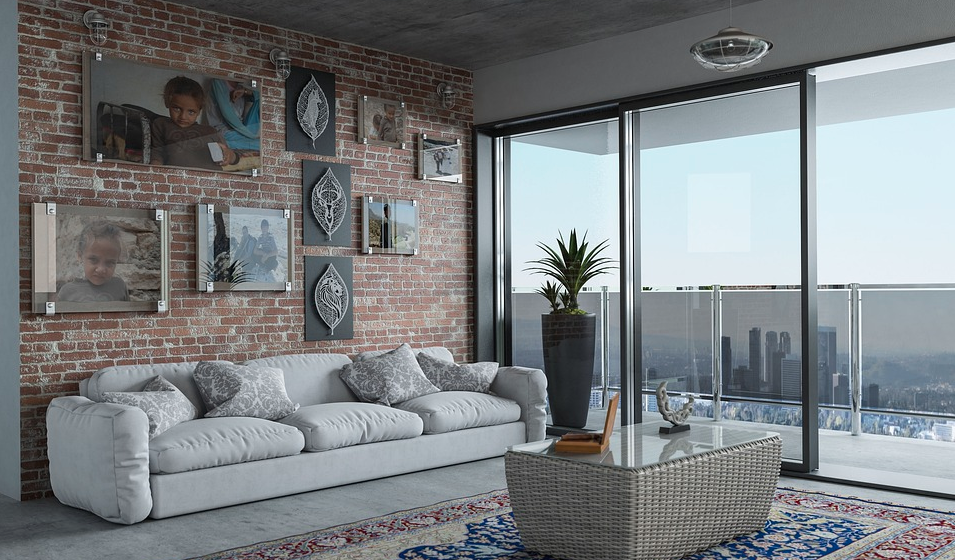The apartment sector continued its strong economic run last year, reflected in the National Multifamily Housing Council’s (NMHC) newly released 2018 NMHC 50—the authoritative ranking of the nation’s largest apartment owners, manager, developers, builders, and syndicators.
MAA (headquartered in Memphis, Tenn.) was the country’s largest apartment owner, with 99,792 apartment homes owned.
Greystar Real Estate Partners (headquartered in Charleston, S.C.) remained the largest apartment manager, with 418,475 apartments under management. Greystar also remained the top apartment developer with 5,651 apartments started in 2017.
Summit Contracting Group, Inc. (headquartered in Jacksonville, Fla.) took the spot as the nation’s top third-party apartment builder, starting 6,053 apartments in 2017.
Alden Torch Financial (headquartered in Denver) continued as the country’s largest apartment tax credit syndicator, with 162,123 apartments syndicated.
“Strong underlying demand and investment performance metrics continue to buoy the market,” said Mark Obrinsky, NMHC’s Senior Vice President of Research and Chief Economist. “While there may have been some signs of deceleration and market leaders have shifted strategies, the industry’s fundamentals remain robust.”
Additional industry and NMHC 50 highlights:
* 2,066,945: number of units collectively owned by the firms on the NMHC 50 top owners list, representing 10.1% of the total apartment stock in the U.S.
* 3,282,557: number of total units managed by the firms on the NMHC 50 top managers list, an all-time high and a 3.3% growth over last year.
* 95.1%: apartment occupancy rate in 2017, according to RealPage; this is slightly below the unusually high levels of the last few years, but well above the post-1999 average of 94.4%.
* 346,900: number of apartments completed in 2017, according to the Census Bureau—the highest level since 1989.
* 343,037: absorptions of apartments in 2017, the best year since 2000 by a wide margin.
* $152.7 billion: total multifamily transaction volume for 2017, according to Real Capital Analytics.
NMHC partners with Kingsley Associates, a leading real estate research and consulting firm, to conduct the research and analysis for the NMHC 50. All apartment owners, managers, developers, builders, and syndicators are invited to answer a survey questionnaire that asks about their prior year’s activities. Apartment owners, managers and syndicators are ranked based on their portfolio holdings (either owned, managed or syndicated) as of January 1, 2018, while developers and builders are ranked based on the number of apartment units started in 2017.
For more details about the NMHC 50, including historical information, visit nmhc.org/The-NMHC-50.
Related Stories
| Jan 27, 2011
Perkins Eastman's report on senior housing signals a changing market
Top international design and architecture firm Perkins Eastman is pleased to announce that the Perkins Eastman Research Collaborative recently completed the “Design for Aging Review 10 Insights and Innovations: The State of Senior Housing” study for the American Institute of Architects (AIA). The results of the comprehensive study reflect the changing demands and emerging concepts that are re-shaping today’s senior living industry.
| Jan 21, 2011
Harlem facility combines social services with retail, office space
Harlem is one of the first neighborhoods in New York City to combine retail with assisted living. The six-story, 50,000-sf building provides assisted living for residents with disabilities and a nonprofit group offering services to minority groups, plus retail and office space.
| Jan 21, 2011
Nothing dinky about these residences for Golden Gophers
The Sydney Hall Student Apartments combines 125 student residences with 15,000 sf of retail space in the University of Minnesota’s historic Dinkytown neighborhood, in Minneapolis.
| Jan 21, 2011
Revamped hotel-turned-condominium building holds on to historic style
The historic 89,000-sf Hotel Stowell in Los Angeles was reincarnated as the El Dorado, a 65-unit loft condominium building with retail and restaurant space. Rockefeller Partners Architects, El Segundo, Calif., aimed to preserve the building’s Gothic-Art Nouveau combination style while updating it for modern living.
| Jan 21, 2011
Upscale apartments offer residents a twist on modern history
The Goodwynn at Town: Brookhaven, a 433,300-sf residential and retail building in DeKalb County, Ga., combines a historic look with modern amenities. Atlanta-based project architect Niles Bolton Associates used contemporary materials in historic patterns and colors on the exterior, while concealing a six-level parking structure on the interior.
| Jan 20, 2011
Worship center design offers warm and welcoming atmosphere
The Worship Place Studio of local firm Ziegler Cooper Architects designed a new 46,000-sf church complex for the Pare de Sufrir parish in Houston.
| Jan 19, 2011
Baltimore mixed-use development combines working, living, and shopping
The Shoppes at McHenry Row, a $117 million mixed-use complex developed by 28 Walker Associates for downtown Baltimore, will include 65,000 sf of office space, 250 apartments, and two parking garages. The 48,000 sf of main street retail space currently is 65% occupied, with space for small shops and a restaurant remaining.
| Jan 7, 2011
Mixed-Use on Steroids
Mixed-use development has been one of the few bright spots in real estate in the last few years. Successful mixed-use projects are almost always located in dense urban or suburban areas, usually close to public transportation. It’s a sign of the times that the residential component tends to be rental rather than for-sale.
| Jan 4, 2011
An official bargain, White House loses $79 million in property value
One of the most famous office buildings in the world—and the official the residence of the President of the United States—is now worth only $251.6 million. At the top of the housing boom, the 132-room complex was valued at $331.5 million (still sounds like a bargain), according to Zillow, the online real estate marketplace. That reflects a decline in property value of about 24%.















